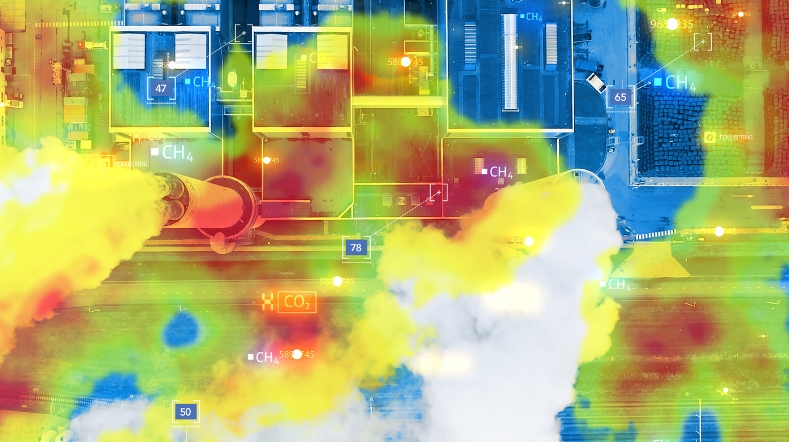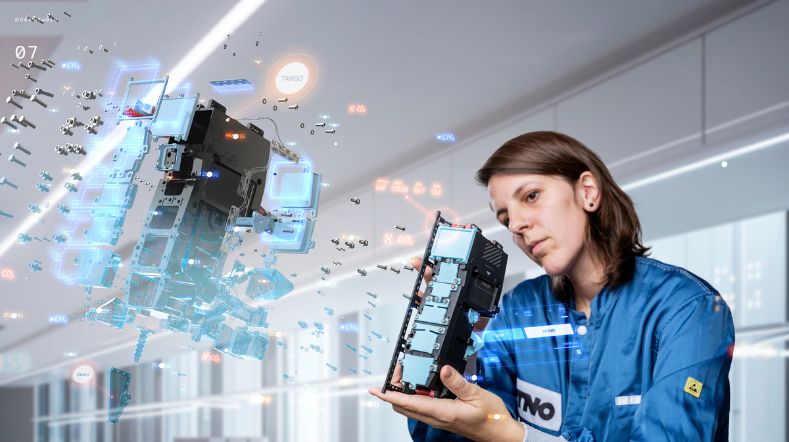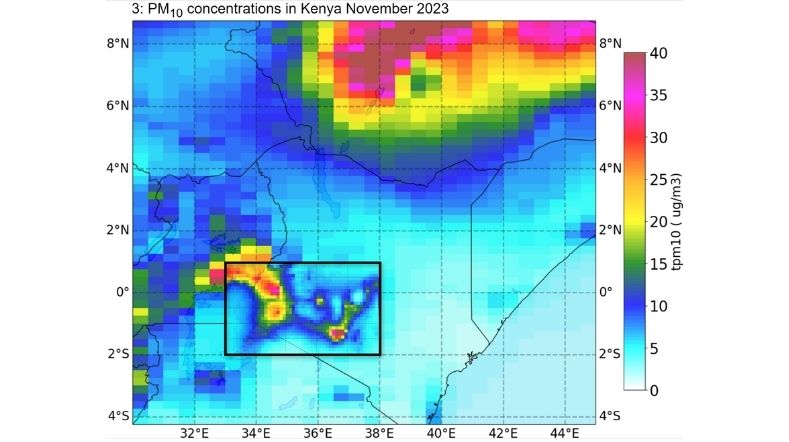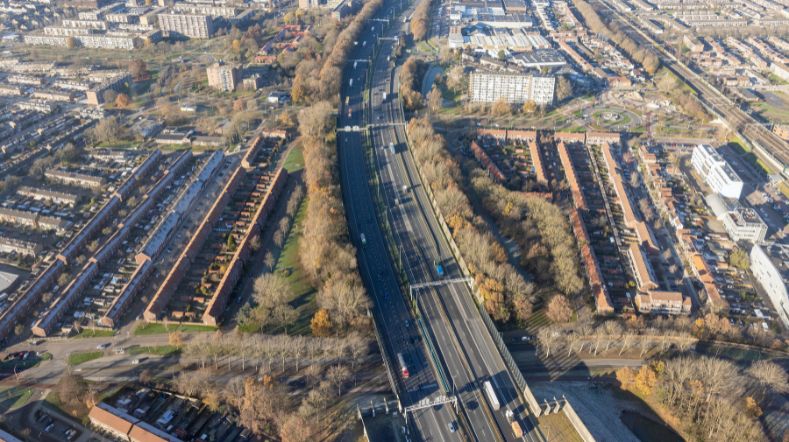Real-time noise pollution measurement
Noise pollution or disruptive noise has a negative effect on human health, such as causing stress. It is difficult to get a grip on due to the many sources in our environment. And determining health effects is also a major challenge. By measuring noise pollution in real time, we contribute to solutions.
Noise is all around us. Technologies to measure that noise are plentiful. From high-tech sonar to track a submarine or torpedo, to a cheap sensor that measures noise in a house. We are developing data models to extract even more information from noise.
Noise pollution mapping
We build models with the information from noise. We provide information on a personal level by creating real-time noise maps of the environment. And by recognising the sources of the noise, which is useful for employees, employers, and government:
- Workers in industry can better protect themselves against noise pollution and thereby reduce health effects.
- Employers can work towards a healthier environment determining noise perception.
- Governments can prevent noise pollution by recognising the specific sources.
How we apply noise technology
Noise technology is interesting, for example, in the detection of fireworks set off in the days before New Year's Eve, in particular heavy fireworks. By placing four or five measuring points across a city, enforcers can see in an app where they have to go to speak to the person setting off the fireworks.
There are also useful applications in industry. Workers at an oil refinery wear noise protection based on the noise map of their workplace. But maybe the map is outdated, a temporary generator is running somewhere or the insulation material is being replaced. This increases noise pollution, even though this is not visible on the noise map.
Measuring noise levels at any time of day can help protect workers. We are developing the computing power required for this. And we are making the models so that employees can act sooner.
Even more data from noise
Providing information to act sooner is one aspect. But the next question is, what other data is hidden in noise? Where does it come from? What is going on? A leaking pipe in a factory starts to hiss. That sound, too, can be traced. It is possible to extract a lot of information from noise. We have the expertise to develop algorithms. We use noise recordings and events that show the link between cause and effect.
The effect on the environment is also important. By modelling the movement of noise through the weather and the environment, we know where it comes from. Does the noise of an unloading container reach so far that it reaches ten homes? We then report what the carrier can do about it or what would be a better time to unload.
Get inspired
Tracking sources of greenhouse gases with satellites


This is our time: Eleonie van Schreven’s work on small satellites with a big impact


ATACH selects TNO model for climate-related health risks in Kenya


Vacuuming the highway to reduce environmental microplastics from tyres


Making air healthier along busy roads


